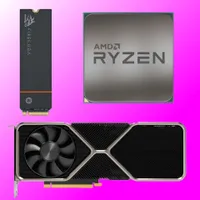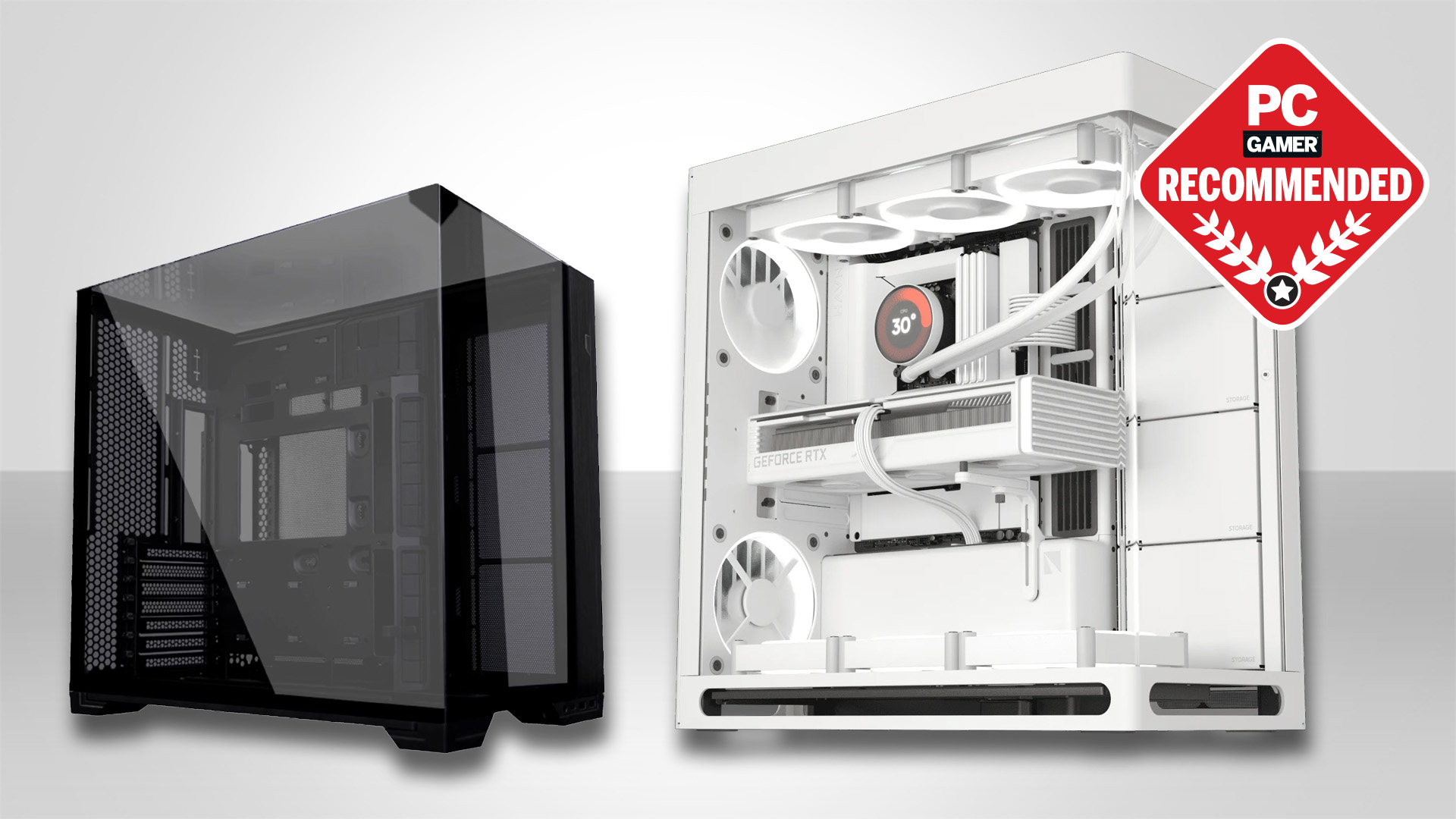Microsoft's 100% AI-generated Quake 2 made us nauseous but John Carmack, the game's OG coder, is into it: 'What? This is impressive research work!'
The research, folks, the research. Absolutely not the frame rate. I hope.

Over the weekend, Microsoft released a technology demonstration from its AI Copilot research labs, showcasing a generative AI creating Quake 2 from scratch. Or something resembling it, at least, as the original game never made us feel as nauseous as this one does. Still, who are we to complain when John Carmack, the lead programmer behind Id Software's seminal game, was genuinely impressed by it.
To be fair, I don't think he was referring to the demo's graphics or performance, as he specifically said on X, "This is impressive research work!" in response to someone heavily criticizing it.
What? This is impressive research work!April 7, 2025
The research in question was published in the science journal Nature and to someone like me, who got into 3D graphics programming on PCs because of the likes of Quake 2, it reads like some ancient alien script, carved into a mysterious substance. I'm certainly not anywhere near experienced enough in AI programming to judge the relative merits of the work of a large group of professionals.
Arguably, Carmack is qualified so if he says it's impressive, then I'm certainly in no position to disagree. Mind you, he has a vested interest in AI, starting an AGI (artificial general intelligence) company called Keen Technologies, back in 2022.
But while the research surely is top-notch, I can't help but feel the end results very much aren't. Yes, this is a very early tech demo and over recent years, we've all seen generative AI go from churning out utter nonsense to producing startling realistic and accurate audio and video.
But it's not the snail-like frame rate or ghostly rendering that I have an issue with. I'm not bothered by the fact that the demo struggles to maintain a comprehensive grasp of a level in Quake, a game that's almost 30 years old. For me, the problem is what it's taken to generate the very short but 'playable' demo. From the research paper itself:
"We extracted two datasets, 7 Maps and Skygarden, from the data provided to us by Ninja Theory. The 7 Maps dataset comprised 60,986 matches, yielding approximately 500,000 individual player trajectories, totalling 27.89 TiB on disk. This amounted to more than 7 years of gameplay.."
Keep up to date with the most important stories and the best deals, as picked by the PC Gamer team.
The original Quake 2 was created by a handful of people—a few designers, programmers, and artists. They didn't need 28 TB worth of gaming data to do this, just their own ingenuity, creativity, and knowledge. They didn't require hugely expensive GPU servers, requiring many kW of power, to render the graphics they generated.
I have no problem with research just for the sake of research (as long as it's legal, and morally and ethically sound, of course) and at the end of the day, it's Microsoft that's spent its money on the project, not taxpayers. But if I were a shareholder, I'd be wondering if this is money well spent, especially compared to how much a semi-decent game development team costs to run for the period of time it would take to make a similar Quake 2-on-LSD game.
I have no doubt that at some point in the near future, AI will be able to generate something far more impressive and playable, but it's certainly not going to be cheaper—in terms of computing and electrical power required—than a group of talented individuals sat in front of a few humble PCs. If that ever comes to pass, then I'll be very, very impressed. But also deeply concerned for the future of game development.
I wonder what Carmack would say to that?
Best CPU for gaming: Top chips from Intel and AMD.
Best gaming motherboard: The right boards.
Best graphics card: Your perfect pixel-pusher awaits.
Best SSD for gaming: Get into the game first.

Nick, gaming, and computers all first met in the early 1980s. After leaving university, he became a physics and IT teacher and started writing about tech in the late 1990s. That resulted in him working with MadOnion to write the help files for 3DMark and PCMark. After a short stint working at Beyond3D.com, Nick joined Futuremark (MadOnion rebranded) full-time, as editor-in-chief for its PC gaming section, YouGamers. After the site shutdown, he became an engineering and computing lecturer for many years, but missed the writing bug. Cue four years at TechSpot.com covering everything and anything to do with tech and PCs. He freely admits to being far too obsessed with GPUs and open-world grindy RPGs, but who isn't these days?
You must confirm your public display name before commenting
Please logout and then login again, you will then be prompted to enter your display name.


